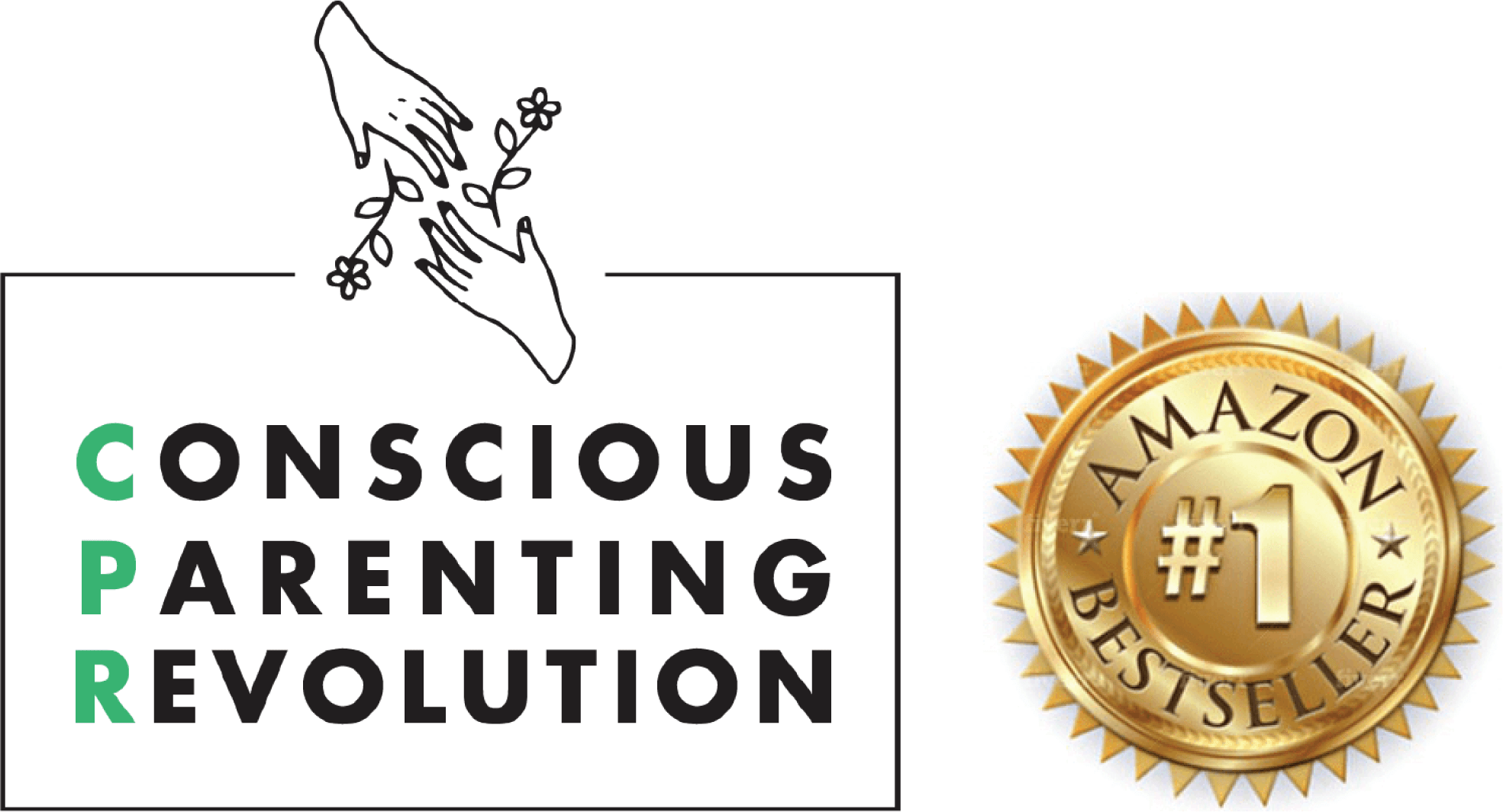Most of the time when we punish our children, they in fact already feel bad about how they acted or responded, by dishing out our own punishment on top of it, we make the situation worse and it can feel like shaming.
When we talk about the merits or drawbacks of punishing children, we first need to stop and determine how we actually view the act that we may think needs punishing. People can see the same situation in many different ways and how we interpret a behavior will determine what we think is the appropriate response and our reasons why.

Jiddu Krishnamurti, religious philosopher and teacher said, “Observation without evaluation is the highest form of human intelligence.” So, when a child is ‘out of control’, do we judge the offender as badly behaved, acting inappropriately, naughty, and unacceptable? Or, do we see it as developmental inexperience, natural exuberance, exploration, lack of information, a lapse of self-control?
Double Standards
If we were to compare how we feel when children make developmental or academic mistakes versus behavioral mistakes, do we notice a difference in our perspectives? If it is developmental – say a misspelled word – don’t we look at it as though children are trying to get things right and that errors are accidental? That learning requires exploration and mastery requires lessons and practice, which will inevitably involve some mistakes along the way. If our children have difficulty achieving developmental expectations, they may need additional support and, in these cases, we seek out whatever they need so that they can develop the skills to feel successful.

With behavioral mistakes, however, our assumption is often that children are trying to get things wrong, that the errors are deliberate, intentional, they could have done better, they purposefully chose not to do as we hoped. We assume that children should not explore rules and limits, should not make behavioral mistakes and that those children who have difficulty achieving behavioral expectations should be punished and certainly not be given warmth, support, and understanding. We respond with: “Go to your room, No TV, No dessert, No iPad!” or worse, we may even hit them.
There is a negative underlying belief that informs this way of seeing things: that children have got to learn; give children an inch and they will take a mile; they are attention-seeking and manipulative; that adults can’t give in to children because if we do they will have won and we will have lost. This way of seeing is actually a choice. It’s ageism.
We are actually punishing children for being children: for lacking the skills to regulate their emotions, to problem-solve or mediate their differences, for having lapses in either impulse control or emotional control or both. Where did we get the idea that banishing them to their rooms would teach them life management skills? It teaches them to be ashamed for having not had the skills to do better, to be ashamed of being a child, and to feel even less supported and understood, driving more disconnection.

The Guidance Approach
A behaviorist or controlling style of discipline uses rewards (praise, treats, stars, merit awards, pocket money, access to preferred activities) and punishments (reprimands, time out, corporal punishment) to induce children’s compliance.
A guidance approach to discipline uses no rewards or punishments but instead teaches children to act considerately and when they don’t, uses active listening, compassion, and empathy to help them recover from their loss of control so that they can manage themselves and the situation with dignity.

The guidance approach acknowledges that children will lose it from time to time and that when they do, they will need support to gain emotional control again and to recover. Children need our compassion the most when they seem to deserve it the least.
The core difference between the two styles of discipline is the ‘use of consequences’, which is a euphemism for punishment. If we believe that events outside of us determine our wellbeing, we are said to have an external locus of causality, and if we believe that we determine our own wellbeing we are said to have an internal locus of causality.
Choosing rewards and punishments reflects a belief in an external locus of causality and that either the desired behaviors are not being rewarded enough or undesired behaviors are accidentally receiving rewards (e.g. attention) or, are not being punished enough.

Demand language
In Dr Louise Porter’s book Children are People Too she states that 75 percent of disruptive behavior is a reaction to power being used on someone. In Dr. Thomas Gordon’s book Parent Effectiveness Training, he calls it the 3Rs – retaliation, rebellion, and resistance. Regardless of age, if you use demand language it invokes a 3R response or escape. The more people hear demands, the less they like being around us because they feel controlled. When people hear demand language they feel pressured, instead of feeling that they have an opportunity to help meet our needs out of consideration for us. The resulting dance of the reactive, recursive cycle is then instigated by the original act of having used demand language in the first place.
NVC – The Power to Motivate from Within
We want people to do things because they see how it enriches life. That is power: when we have the ability to motivate people from within. Non-Violent Communication (NVC) is a language of and for life and inspires compassion through joyful relationships in all areas of life through the expression of feelings and needs. Beyond our habitual, automatic responses, is a compassionate connection away from and beyond judgment, criticism, and blame. Marshall Rosenberg, author, and Founder of the Center for Non-Violent Communication became preoccupied most of his life with what connects and disconnects us from our natural compassionate nature. NVC’s goal is teaching us that power is with people, not over them.

In the forward to Rosenberg’s book on NVC, Mahatma Gandhi’s grandson recounts his summer in India with his famous grandfather. Through his time there, he became aware of the insidious ways that passive violence fueled physical violence. This passive violence, in the form of rewards and punishments, judgment, shame, guilt and negative self-talk defines “violence” in the context of NVC. All are attempts to manipulate individuals and groups to make others do as they are told. Violence is not just physical acts such as fighting, beating and killings. As many individuals know, emotional violence can be as equally painful as the physical.
Marshall asks two questions clarifying why punishment can be confused with an effective form of communication.
- What do we want the other person to do?
- What do we want the other person’s reasons to be for doing as we request?
If the person does what is being asked out of guilt, shame, fear of hurting the other person, risk of losing connections/love, or to avoid physical or emotional pain, then the action isn’t being done out of consideration for our needs.

Furthermore, using guilt tricks people into believing that they can create your feelings, and they are the cause of your suffering. What the other person does is a stimulus for our feelings but not the cause. How I feel about a situation depends on a whole range of factors from the choices I make, to the story I tell myself about the event, to the millions of filters created through my upbringing, my socio-economic status, color, gender, education and more.
Using language such as, “I feel as I do in this situation because I need………” connects to our unmet need when the other person does or behaves in some way. Shame is a potent form of subversive violence towards individuals and groups. It invokes fear and self-rebuke to get what we want by using labels such as lazy, inconsiderate, rude, stupid, bad, selfish, naughty, etc. In NVC, any label that implies wrongness is a violent act. It’s trying to get people to do things out of guilt and shame.
Any language that allows us to deny responsibility for our choices is also a catalyst to violence. This is the defense of Amtssprache that Adolf Eichmann used during the war crimes tribunal when asked why he sent the Jews to the concentration camps and the gas chambers.
Dangerous words that deny responsibility for our choices include,
- can’t
- should
- must
- ought
- had to
- superior’s orders
- it’s company policy and
- it’s the law
But, what happens when we use this language of judgment, guilt, shame and denial?
It creates what Dr. Thomas Gordon refers to as the 3 R’s: retaliation, rebellion and resistance. Forcing a child, for example, to participate in an activity results in resentment towards the activity, perhaps retaliation in the form of arguing and protesting, and rebellion either immediately, over time or later in life. Conversely, NVC permits our needs to be heard as requests and not demands, where there is openness to discussion with the aim of a win-win solution.

When an individual is truly heard (known as ‘active listening’), he/she does not feel criticized. Energy can be focused on problem solving and conflict resolution rather than a defense. Hearing criticism in what people say, or, worrying about what people think of you has terrible effects on how we see ourselves. Real discussion begins by separating observations from evaluation with a sprinkling of feelings and needs for empathic connection.
NVC is communication and learning where our own wellbeing and the wellbeing of others is paramount. Unfortunately, most language in our lives from the beginning of school throughout our working lives is that of authority and the use of rewards and punishment. NVC teaches not to give power to authoritative sources. Next time, instead of hearing the actual words coming out of a person’s mouth, try to determine what is behind the feelings and needs underneath what is being said. It is often quite a different message. By bonding at that deeper level of understanding, or at least attempting to really hear what is being said, we can connect to each other’s humanness and deepest need for connection. It is from this point of mutual understanding that we can truly communicate, problem solve, resolve conflict and motivate each other to reach our potentials.









